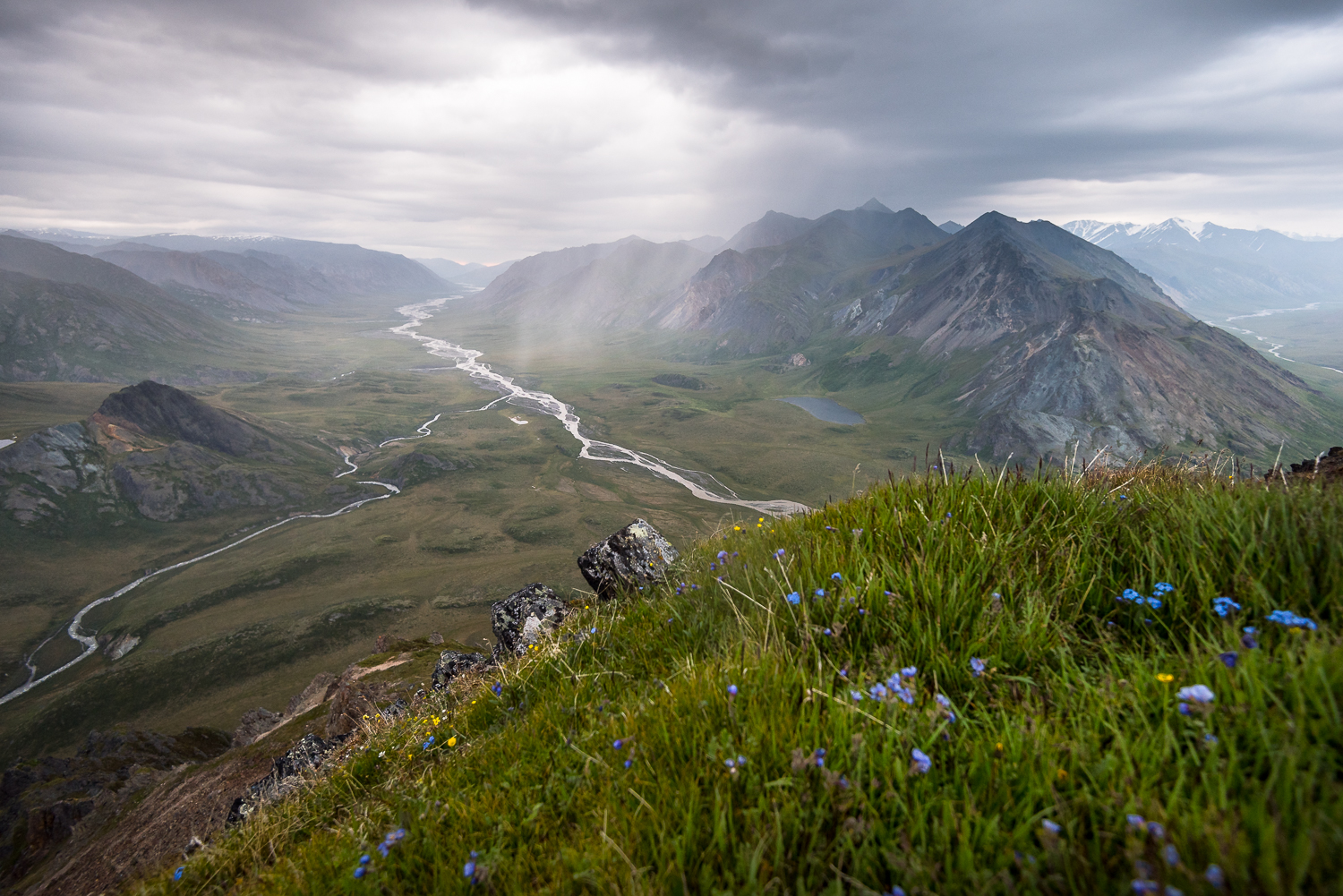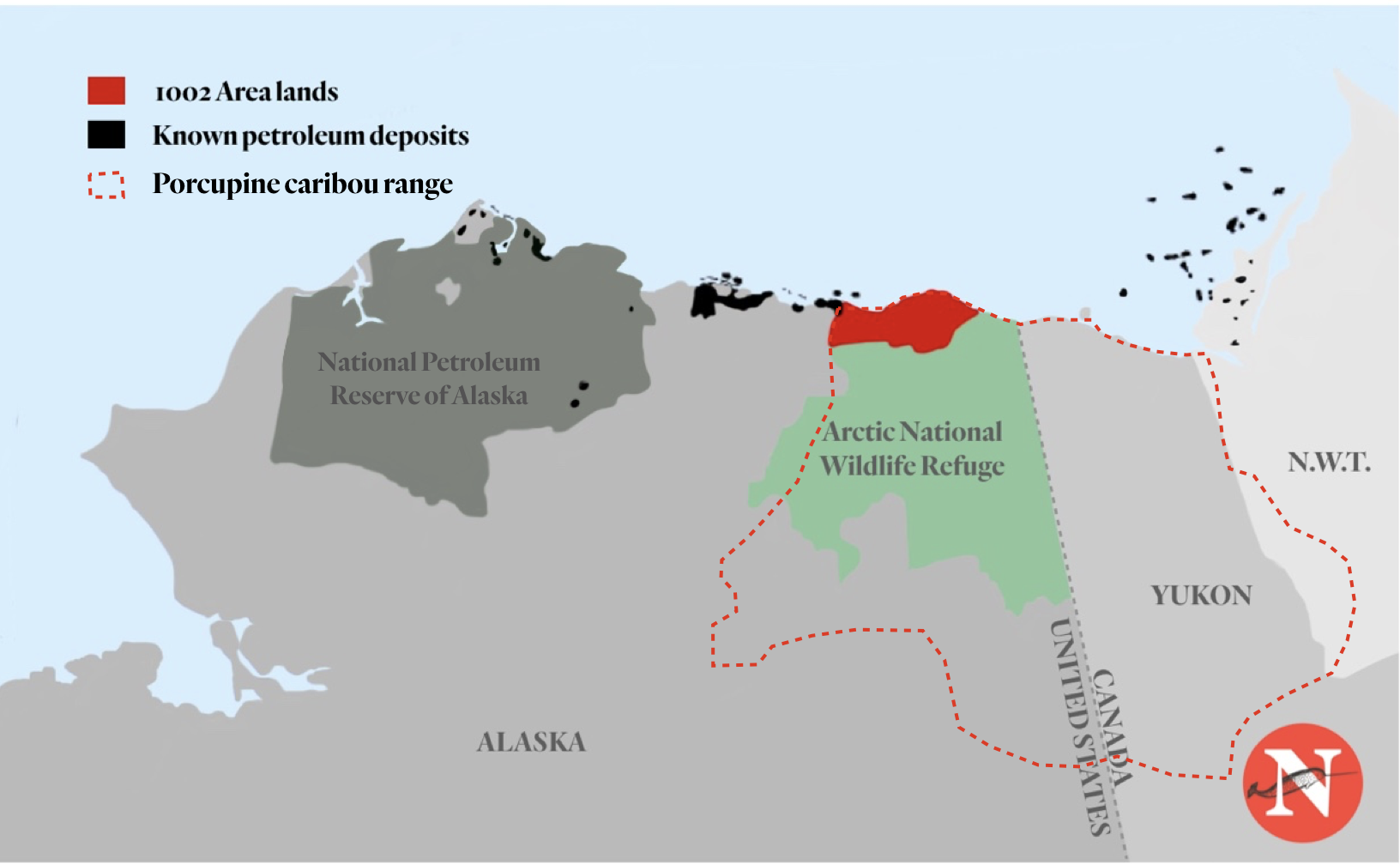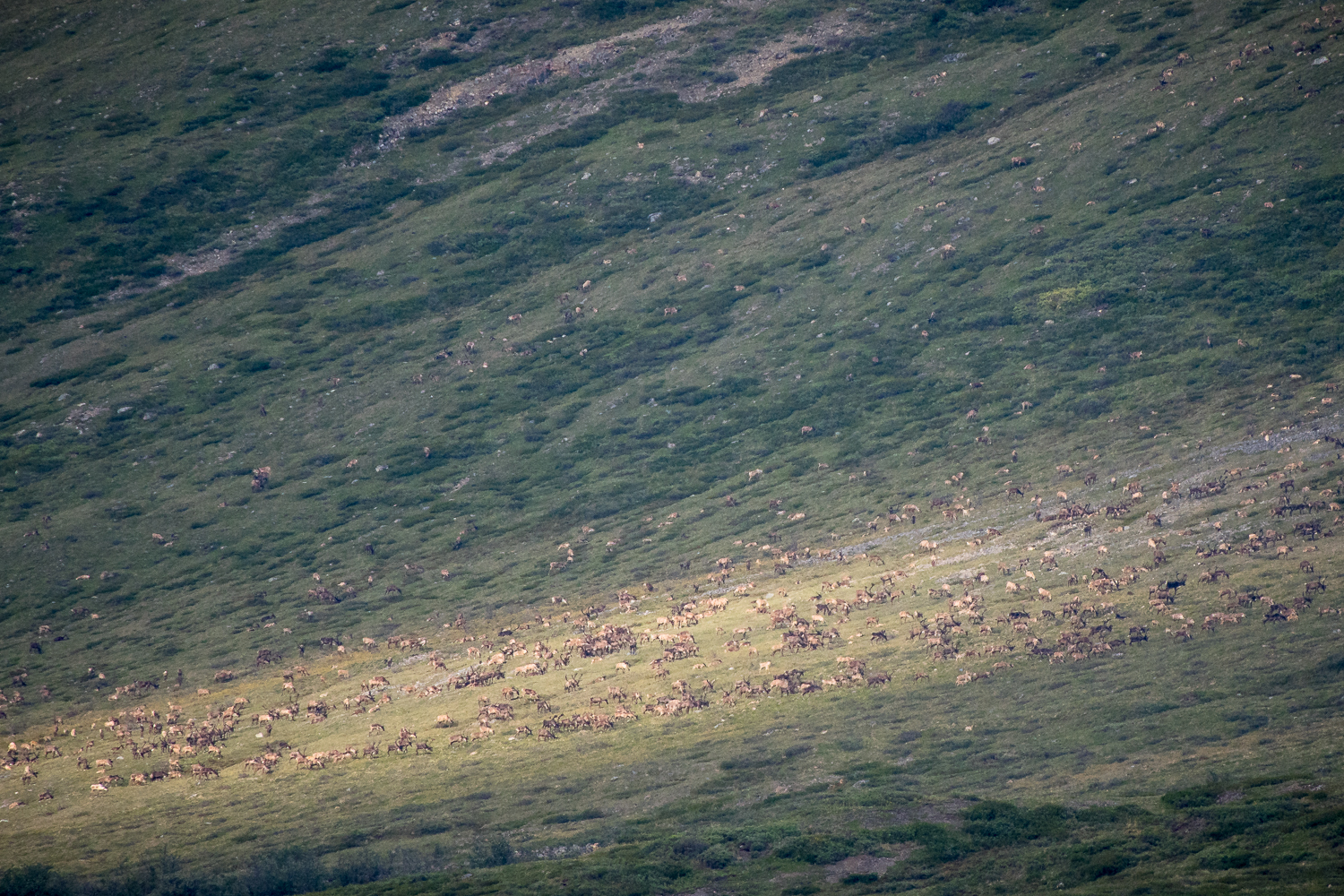
86 per cent of a river gone: First Nation calls on BC Hydro to let more water through
Katzie First Nation wants BC Hydro to let more water into the Fraser region's Alouette...
Scotiabank is the fifth bank in Canada to publicly refuse to bankroll industrial development in Alaska’s Arctic National Wildlife Refuge, the institution announced in a new policy released Monday.
“Scotiabank will not provide direct financing or project-specific financial and advisory services for activities that are directly related to the exploration, development or production of oil and gas within the Arctic Circle, including the Arctic National Wildlife Refuge,” the bank said in a statement.
Scotiabank joins the rest of Canada’s major financial institutions, including Royal Bank of Canada (RBC), Toronto Dominion (TD), Bank of Montreal (BMO) and Canadian Imperial Bank of Commerce (CIBC), in vowing not finance development in a roughly 1.6 million-acre oil-rich parcel of the refuge known as the coastal plain.
The largest national wildlife refuge in the United States, the protected area is home to myriad sensitive species, including polar bears and the Porcupine caribou, a culturally sacred animal to the Gwich’in Nation and transboundary herd that undertakes one of the largest land mammal migrations on Earth.
The banks’ commitment comes as the Trump administration moves ahead with controversial plans to sell off oil leases in the development area early next month before president-elect Joe Biden takes office on Jan. 20, 2021. Biden campaigned on a pledge to permanently protect the refuge, calling Trump’s move to open the area to oil and gas development an “attack on federal lands and waters.”

All of Canada’s major financial institutions have now vowed not to finance development in the Arctic National Wildlife Refuge. Photo: Matt Jacques / The Narwhal
That all major Canadian financial institutions have agreed to not fund oil and gas drilling in the refuge is a testament to advocacy work by First Nations and conservation organizations, Dana Tizya-Tramm, Chief of the Vuntut Gwitchin First Nation, told The Narwhal.
“Scotiabank is respecting our people’s vision, you know, RBC is listening to my Elders, Bank of Montreal values our children growing up on caribou,” he said. “They see the value in this iconic herd.”
“I think the financial institutions have sent a very large signal to the rest of the world,” Tizya-Tramm said.
And while many are embracing the banks’ Arctic pledges, observers continue to note that Canada’s banks remain heavily invested in fossil fuels. A report by the Rainforest Action Network released earlier this year, for instance, found Canada’s five major banks were among the world’s top financial backers of fossil fuel development.
The Gwich’in Steering Committee, which represents Gwich’in in the U.S. and Canada, spearheaded efforts to pressure U.S. banks against funding development in the refuge in 2018.
Earlier this year, five major U.S. banks, including Goldman Sachs, Wells Fargo and J.P. Morgan Chase, pledged to not finance development in the refuge.
That likely influenced Canadian banks, said Malkolm Boothroyd, campaigns coordinator with the Yukon chapter of the Canadian Parks and Wilderness Society (CPAWS), which has been calling on Canadian institutions to drop funding for oil and gas development in the refuge since December 2019.

The announcements from Canadian banks comes on the heels of similar pledges from five major U.S. financial institutions, including Goldman Sachs, Wells Fargo and J.P. Morgan Chase. Photo: Matt Jacques / The Narwhal
“There are so many reasons for oil companies to be wary of pursuing leases in the Arctic refuge,” he said, noting the high costs of doing business in the remote region and skepticism over whether there’s actually enough oil available to warrant industry incursion.
Every time a bank comes out with a new policy to avoid funding development, that adds yet another reason for companies to steer clear of the refuge, Boothroyd said.
In October, RBC, the largest bank in Canada, became the first financial institution to refuse to fund development in the refuge.
“Due to its particular ecological and social significance and vulnerability, RBC will not provide direct financing for any project or transaction that involves exploration or development in the ANWR,” RBC’s updated policy guideline states.
These announcements should act as a warning to companies regardless of the politics of the day, Boothroyd said.
“The financial world is lining up and saying that they wouldn’t provide a dime to these kinds of projects, so hopefully that will make any company think twice,” he said.
To Bernadette Demientieff, executive director of the Gwich’in Steering Committee, the message from Canadian banks is clear: “It shows that more and more people are listening to the Indigenous voices, that they’re respecting our human rights as Indigenous people,” she said.
However, the fight to protect the refuge is far from over, she added.

Map showing overlap of 1002 area lands and the Porcupine caribou herd range. Map: Carol Linnitt / The Narwhal
Indigenous leaders are increasingly shifting their focus to insurers, Demientieff said. Without the support of insurance companies, prospective companies would have no safeguards in place should they encounter financial pitfalls.
Ensuring that Biden makes good on his promise to permanently protect the refuge is another priority for the committee, she added.
Biden made several campaign commitments to increase protections for the Arctic, including a moratorium on offshore drilling in the Arctic Ocean and prioritizing climate change at the Arctic Council, an intergovernmental body that seeks to address problems faced by people who live in the area.
There are also several lawsuits fighting the Department of the Interior’s handling of the environmental assessment process. CPAWS Yukon, along with 12 others, allege that the Department of the Interior “broke the law by disregarding the refuge’s original purposes and failing to safeguard those purposes through the design of its oil and gas leasing program.”

Porcupine caribou cover the valley of the Hulahula river in the Brooks range mountains of the Arctic National Wildlife Refuge. Photo: Matt Jacques / The Narwhal
The National Audubon Society and the Center for Biological Diversity, among other U.S. groups, also launched a lawsuit against David Bernhardt, the secretary of the Department of Interior, who signed off on the record of decision.
And in September, attorneys general of 15 states sued the Trump administration, saying the move to open up part of the refuge to development “fails to fully evaluate and consider the devastating environmental impacts.”
“We’re not giving up, we’re gonna keep pushing,” Demientieff said.
“This isn’t a job for us. We can’t go home at 5 o’clock and turn it off. This is our way of life. This is our identity. This is our food security, and we are spiritually and culturally connected to our lands, water and animals.”
“We are up against a very tough battle,” she continued. “We are up against a lot of money, but I really truly believe in my heart what I’m fighting for and I’m a strong believer in the power of prayer and I do believe we are going to stop this.”
Tizya-Tramm said his nation’s decision to bring advocacy efforts to financial institutions and corporate boardrooms was, in part, to keep citizens safe.
The refuge provides crucial habitat to the Porcupine caribou, a culturally important herd to the Gwich’in, who have relied on them for subsistence purposes from time immemorial. The Gwich’in, who live in Yukon, Northwest Territories and Alaska, refer to the refuge as “the sacred place where life begins.”
“I do not want to see our people having to go out onto the highways, set up picket lines and block machinery from going into this area,” Tizya-Tramm said. “Our people would be met with military, rubber bullets, pepper spray and dogs.”
“We don’t want another Standing Rock,” he said, referring to the 2016 gathering of thousands of opponents of the Dakota Access Pipeline, which threatened water used by those on the nearby Standing Rock Sioux reservation.
The event became a flashpoint issue for Indigenous Rights across the continent.
Get the inside scoop on The Narwhal’s environment and climate reporting by signing up for our free newsletter. On a warm September evening nearly 15...
Continue reading
Katzie First Nation wants BC Hydro to let more water into the Fraser region's Alouette...

Premier David Eby says new legislation won’t degrade environmental protections or Indigenous Rights. Critics warn...

Between a fresh take on engagement and our new life on video, our team is...
